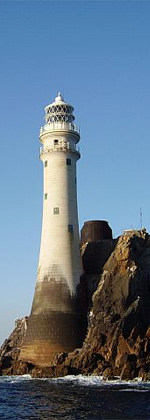Rosses Point Irish: An Ros | |
|---|---|
Village | |
 | |
| Coordinates: 54°18′33″N8°33′58″W / 54.3092°N 8.5661°W | |
| Country | Ireland |
| Province | Connacht |
| County | County Sligo |
| Population | 883 |
| Time zone | UTC+0 (WET) |
| • Summer (DST) | UTC-1 (IST (WEST)) |
| Irish Grid Reference | G631401 |
Rosses Point (Irish : Ros Cheide, meaning 'promontary of the hill/assembly (trans. Cheide uncertain)' [2] or Irish : An Ros [3] ) is a village in County Sligo, Ireland and also the name of the surrounding peninsula.
Contents
- History and places of interest
- Lighthouses
- Waiting on Shore monument
- Spanish shipwrecks
- Elsinore House
- Pier and lifeboat station
- Amenities
- Events
- Transport
- Notable people
- See also
- References
- External links
Rosses Point is at the entrance to Sligo Harbour from Sligo Bay with Oyster Island being the long thin landmass notable when entering the village from Sligo town and Inishmulclohy (or Coney Island) being the second and larger island that is encountered.




